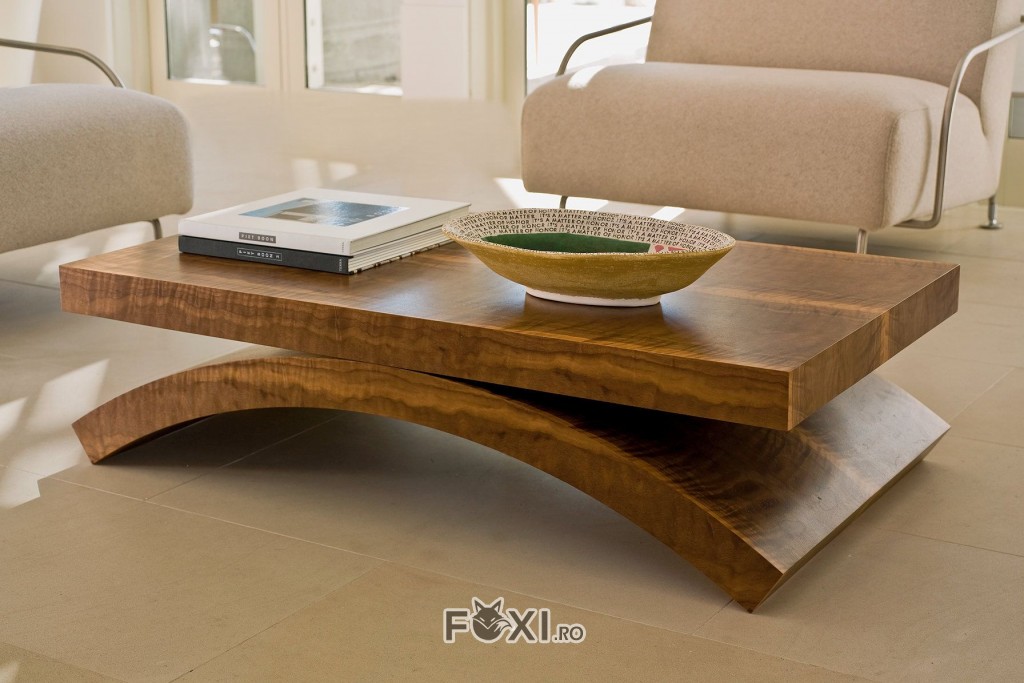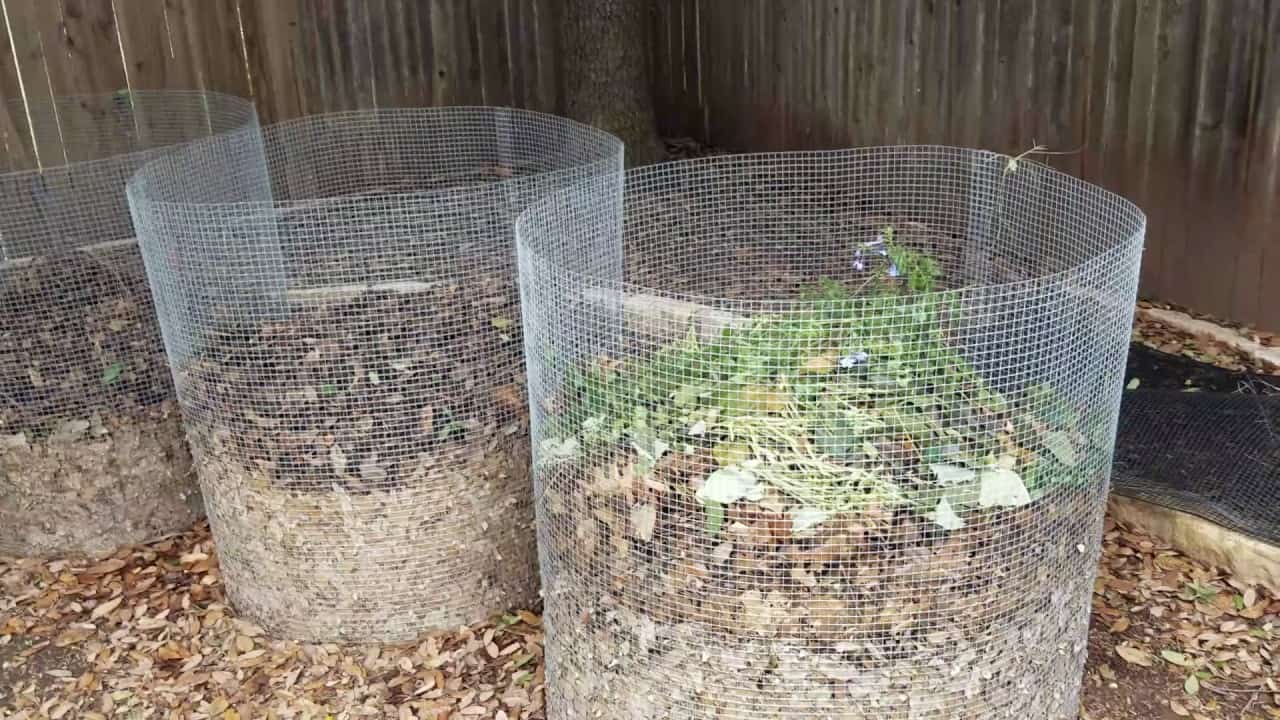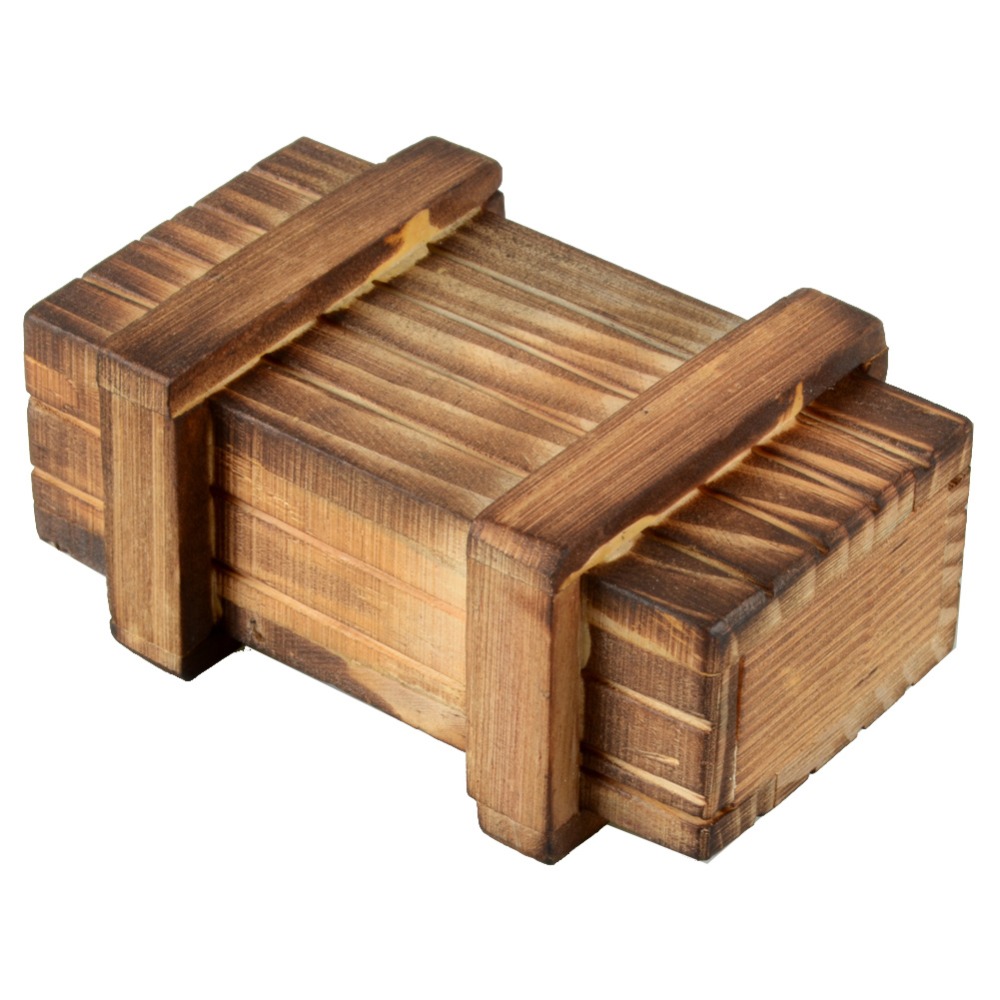
Building Foldable Lawn Chairs for Easy Storage
Imagine a sunny afternoon spent relaxing in your backyard, enjoying the warm weather and the company of loved ones. But what if you could pack away those comfortable lawn chairs effortlessly, saving valuable space and making storage a breeze? Building foldable lawn chairs is a rewarding DIY project that allows you to create custom seating solutions for your outdoor space. Not only will you save space, but you'll also have the satisfaction of crafting your own furniture, adding a personal touch to your backyard.
Choosing the Right Materials
The first step in building foldable lawn chairs is selecting the right materials. You'll need durable and weather-resistant options that can withstand the elements and regular use. Here are some popular choices:
- Wood: Consider using hardwoods like oak, maple, or cherry for a sturdy and classic look. Pine and cedar are also good choices, offering a more rustic aesthetic and natural resistance to rot and insects.
- Metal: Aluminum or steel are excellent choices for foldable lawn chairs, offering lightweight strength and rust resistance. Consider powder-coating metal frames for added durability and style.
- Fabric: Choose a fabric that is weather-resistant and easy to clean, such as canvas, vinyl, or polyester. Avoid using fabrics that are prone to fading or shrinking in the sun.
Folding Mechanisms
The folding mechanism is the heart of a foldable lawn chair, ensuring easy storage and portability. You can choose from several popular options:
Hinge-Based Folding
This classic design involves using hinges to connect the chair's legs and back, allowing them to fold flat. You can use standard metal hinges or sturdy wooden hinges depending on your material choice.
Swivel-Based Folding
Swivel-based folding mechanisms allow the seat to rotate and fold down, making the chair more compact. This option often requires a bit more complexity but can create a sleek and modern look.
Latch-Based Folding
Latch-based folding mechanisms use a locking latch to secure the chair in both the open and closed positions. This design is particularly good for ensuring stability and preventing accidental folding.
Building Your Foldable Lawn Chair
Now that you've chosen your materials and folding mechanism, you're ready to start building! Here's a general outline of the construction process:
- Cut and Prepare Materials: Carefully measure and cut the wood or metal pieces to the desired dimensions. Sand the wood to create a smooth finish.
- Assemble the Frame: Connect the legs and back of the chair using your chosen folding mechanism. Ensure the frame is sturdy and secure.
- Attach the Seat: Secure the fabric seat to the frame using staples, screws, or other fasteners. You can choose to use padding for added comfort.
- Test and Adjust: Carefully test the chair's folding mechanism to ensure it works smoothly and safely. Make any necessary adjustments to ensure proper fit and function.
Finishing Touches
Once you've completed the construction, you can add some finishing touches to personalize your foldable lawn chairs.
- Paint or Stain: Apply paint or stain to the wood or metal frame to enhance the look and protect it from the elements.
- Add Cushions: Add cushions to the seat for added comfort and style.
- Decorative Elements: Consider adding decorative touches, such as upholstery buttons, fabric trim, or decorative hardware.
Tips for Building Success
Here are some tips to help you build foldable lawn chairs successfully:
- Plan Ahead: Draw a detailed sketch of your chair design before you start building. This will help you visualize the final product and identify any potential issues.
- Use High-Quality Materials: Investing in quality materials will ensure your chairs are durable and last for years to come.
- Take Your Time: Rushing the process can lead to mistakes. Take your time, carefully measuring and cutting the materials.
- Test and Adjust: Regularly test the folding mechanism throughout the construction process. Make any necessary adjustments to ensure proper fit and function.








